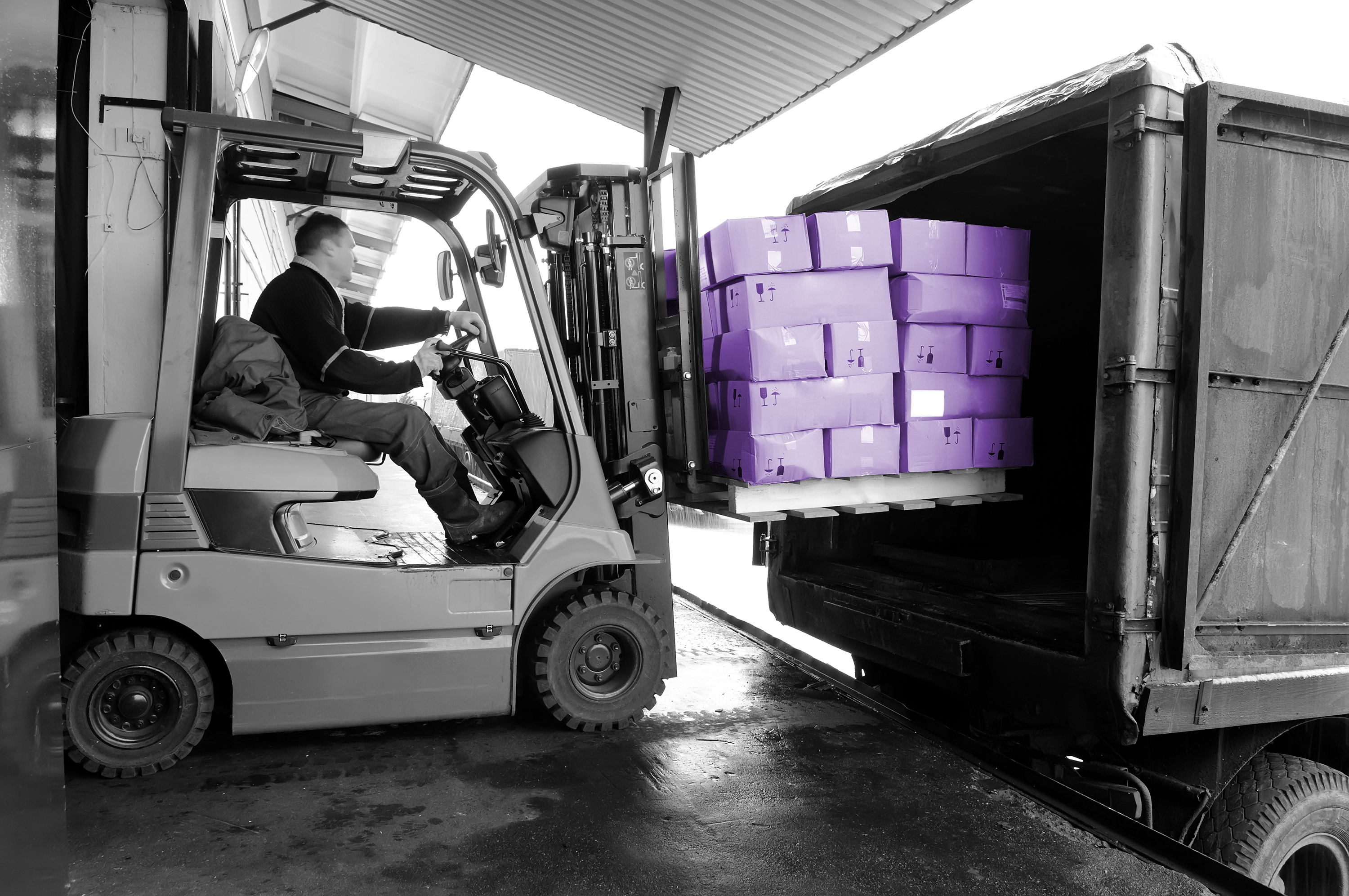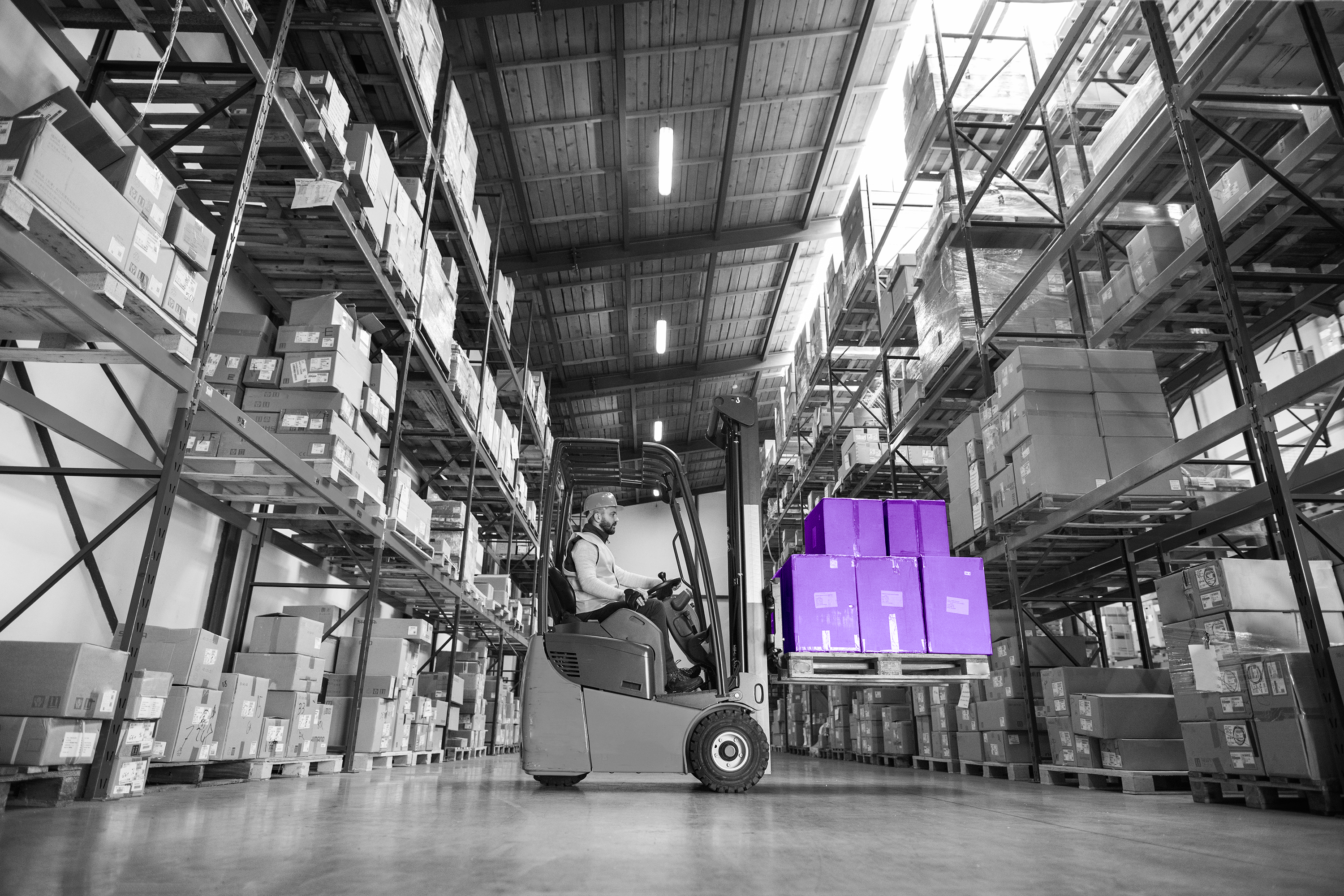Visibility is the current buzzword in the shipping industry today. It is tossed around as a solution to some of the current issues affecting the supply chain. But it is more than just a key word to rank for in Google. It is a critical component for 3PLs and Shippers, potentially having a huge impact on your company’s bottom line.
Author: Banyan Technology
The Value of Connectivity for LTL Shippers
The definition of supply chain connectivity has adapted and evolved to coincide with the new digital age. Today, our industry understands that the effort one puts into connecting their logistics network will have a direct impact on profitability. Indeed, the “new normal” is here to stay, and as a result, creating collaborative, empowered environments for LTL freight shippers is of the utmost importance.
4 Reasons 3PLs Should Consider API Integration
Labor shortages, the rise of eCommerce, and the Amazon Effect have forced a new reality onto the logistics industry reconfiguring what traditional transportation management systems (TMS) look like. As a result of this digital push, many 3PLs have prioritized the need for agile and efficient freight management operations.
EDI vs. API: What is Better for LTL Shipping?
Less-than-truckload shipping can be a tricky mode for shippers and third-party logistics providers, especially those that are new to it and are not familiar with its complexities. Technology, like transportation management systems, helps maneuver the LTL sector because of its tracking and document storing/retrieval mechanisms. But when it comes to electronic data interchange (EDI) or application programming interfaces (APIs), which is the better option for shipping LTL? Let’s compare the two.
Top 4 Benefits of Updating Your Technology with Freight-Pricing APIs
Technology is proliferating across the supply chain, and digitization and automation are becoming increasingly expected. It is important to ensure your company updates its technology before its processes become obsolete. One great way to get on the front end of technology innovation is to implement freight-pricing APIs into your day-to-day rate quoting and shipment booking processes. They have many benefits and are customizable to your organization’s operations.
The Labor Shortage: How to Mitigate Its Effects on the LTL Industry
In last week’s blog, we examined the causes and impacts of the labor shortage on the supply chain. As we know, there are a number of reasons for the impending labor shortage, including changing demographics, skill sets and unemployment benefits. There are also a number of ways that companies can mitigate the labor shortage’s effects on their business’s bottom line.
Where Have All the Workers Gone? The Labor Shortage & Its Effects on the Supply Chain
The driver shortage has been a well-publicized problem in the logistics industry for a long time now. However, it is not the only issue affecting the supply chain. Warehouses, manufacturing plants, factories, retailers and more companies throughout the entire supply chain are seeing a labor shortage. Combined with the record-setting freight increases and capacity issues, the supply chain is suffering widespread negative effects.
The Top 5 Questions to Ask When Upgrading Your Transportation Management System
Having a robust transportation management system (TMS) that functions as your company’s logistics management hub can speed up operations, reduce waste and improve your bottom line. A TMS will help automate some processes, such as tendering, route and load optimization, carrier management, order visibility, and document storage/retrieval. It will also help aggregate important data to use for future decisions.
A TMS has substantial benefits including saving approximately 8.5 percent on freight costs, according to a report by ARC Advisory Group. Gartner found that companies using a TMS can expect yearly savings anywhere from 5-15 percent. This is well worth the price of implementation, and that doesn’t even consider the amount of time your company will save in employee efficiency.
So now that you know a TMS upgrade is a great investment, how do you begin?
Find a technology provider or solutions expert and ask these questions outlined below.
3 Ways to Grow Your LTL Business
The increase in freight across the US is projected to continue. In fact, it is expected to grow to more than 35 billion tons of freight with a value of at least $37 trillion by 2045, according to the Federal Highway Administration (FHWA). That’s a lot of freight and a lot of revenue up for grabs.
Of course, with this growth and the continued capacity issues, it also means freight rates are on the rise and not projected to come down anytime soon. As such, shippers are looking for ways to decrease freight spend. One way they are doing that is by expanding their less-than-truckload (LTL) shipping. So, how can shippers and 3PLs effectively grow their LTL business in this market?
What Technology is Important for the Current LTL Industry?
Logistics technology can help companies improve functionality and allow them to get things done quicker with less human capital. While the benefits of implementing new technology are great, so are the initial costs. That is why it is important to invest in the technology that is right for your company and important to the current LTL industry.









